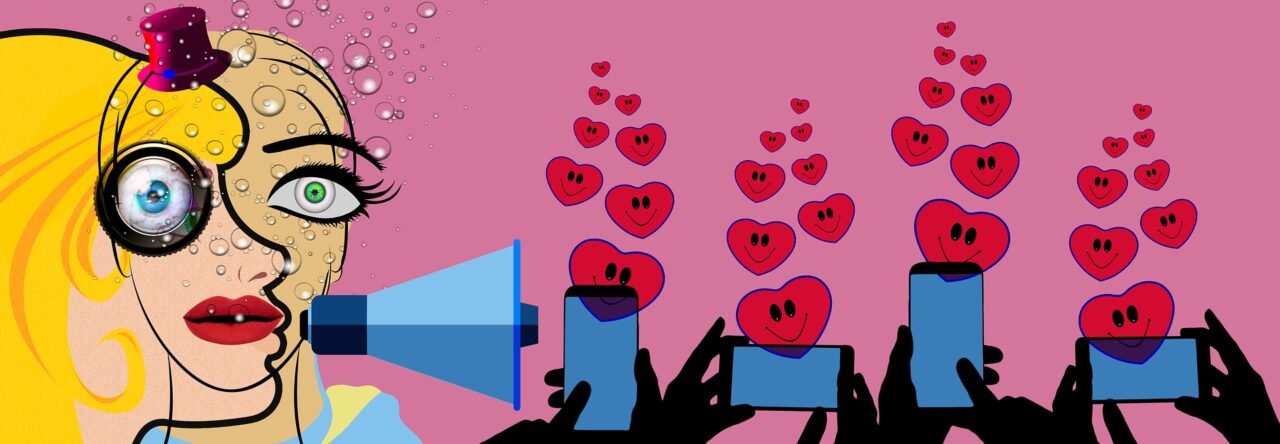Other researchers have analyzed how the reputation of a company or public figure is affected by their apology video statements after a crisis has occurred (Sandlin and Gracyalny 2018). Apology videos that were taken as insincere often led to more hate and negativity towards the figures’ reputation versus an apology that was viewed as sincere (Sandlin and Gracyalny 2018). The majority of the comments on apology videos are often negative, and are used as a way for commentators to fulfill their needs, or satisfy their viewpoint when others agree. According to Sandlin and Gracyalny (2018), “apologies play an important role in repairing the social, relational and reputation damage caused by a transgression” (Sandlin and Gracyalny 2018: 401). More specifically, many beauty influencers have faced problems from creating products that do not offer a large enough variety of shades, for example, only having one or two dark shades, and 9 or 10 light shades. Lawson (2021) found that apology videos strategies often created more hate and backlash for the company or influencer. The language that public figures use in an apology video is crucial to the way the audience will interpret the apology. Individuals hold personal opinions about the figures, which can also affect the likelihood of apology acceptance; one’s past perception, rather than the apology and scandal itself affects the outcome. As Sandlin and Gracyalny (2020) explain, “If the audience viewing the apology video already considers the public figure as having a good reputation, they are more likely to perceive the apology as sincere” (Sandlin and Gracyalny 2020:11). This shows that there are fans or followers of these public figures that will support them through most any type of crisis.
Racism is one of the big reasons that public figures get canceled. Public figures will make racist comments or actions or an event or moment from their past will be released and they will receive serious backlash. Social media allows these figures to be held accountable for making such remarks. It also allows these moments to be widely and rapidly spared (Clark 2020). In addition to this, Gua and Harlow (2014) studied how African Americans, Latinos, and Asians are stereotypically presented in the online media on YouTube. Videos that had characters that were African American, Latino or Asian were found to more likely have stereotypical characters than any other race and those videos often had more views than videos that were not stereotypical (Guo and Harlow 2014). This shows how influencers online can be canceled for their stereotypical depiction of others in the media.
